As tanks assemble on Russia’s border with Ukraine, fears of outright war on the edge of Europe are mounting, with some incendiary language from officials in Moscow hailing ‘the end of Ukraine’. The region has been a hotspot ever since Russia annexed the Donbas region in 2014, drawing anxious global attention. But what makes Ukraine such an important point of tension between Russia and the West? This is an ancient conflict on many fronts - for the land of Ukraine, the minds of its people and the keys to Europe itself, writes Bohdan Ben.
As Putin sends more and more troops, the mounting conflict on the Ukrainian border threatens a large-scale war on the edge of Europe. The precarious development of the country of Ukraine – as a territory and a self-identifying nation - is being severely endangered by the war in the Donbas. That fate is the key to Europe’s relationship to Russia, a relationship with serious, global consequences. But to understand this conflict one must understand the history – military and psychological – of this ancient, disputed border.
For the last two centuries Russia controlled over 80% of Ukrainian territory. Despite a brief period of independence proclaimed in 1918, it was only in 1991 that Ukrainians could truly establish an independent state. Today, As Ukranian-American historian Plokhy explained in a recent television interview.
“For the first time since 1991, there is a clear benchmark, a clear majority among our electorate regarding the orientation towards Europe…Before there were two groups [pro-Russian and pro-European] in the equilibrium of constant competition with each other.”
It is only recently that Russian culture has become a minority identity in Ukraine after a long period of Imperial and Soviet dominance and Ukrainian self-identity is evolving. But this is an active project; it is a battle for the public sphere and for the self-perception of Ukrainian people. To help clarify this shift in self-perception, Ukrainians needed an independent historical narrative—one not influenced by Imperial or Soviet propaganda.
The same is true of the Western audience, anxiously watching these developments play out. When, in 2014, Ukraine started appearing in the news rebelling against Russia, foreigners began asking: “What is Ukraine and where is its place among other nations?” The narrative of Serhii Ploky’s recent book, The Gates of Europe, explores that question which has been relevant for at least 1,000 years, and sheds light upon a conflict which is back in news reports across the globe.
The precarious development of the country of Ukraine – as a territory and a self-identifying nation - is being severely endangered by the war in the Donbas.
In fact, there are two frontiers of Ukrainian self-identification – the physical terrain between the Eurasian steppes and the east-European forests, and the religious divide between Eastern and Western Christianity. These two borders make Ukraine a frontier country in a very unique sense. For centuries it was an outpost which served to buffer Europe from marauding eastern hordes. And for centuries these churches were promoted for political purposes by the politicians of the ruling Russian and Austro-Hungarian empires.







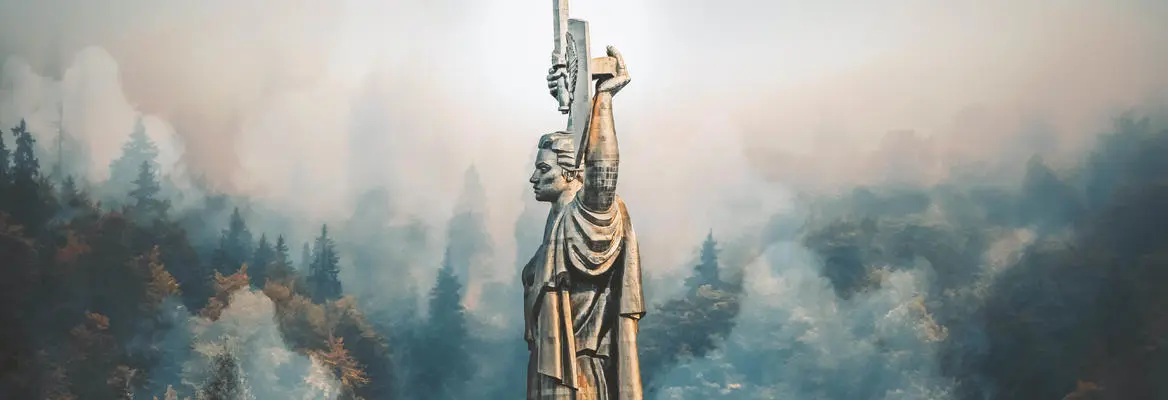


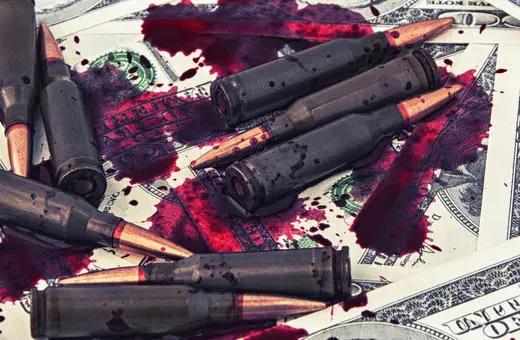
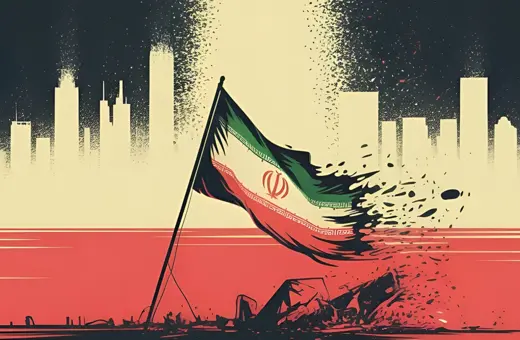
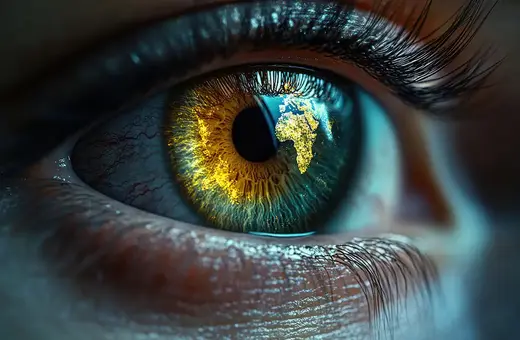
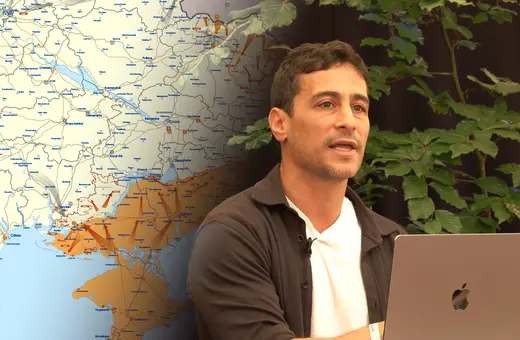
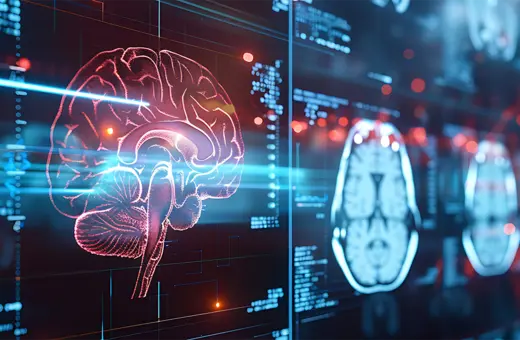
Join the conversation